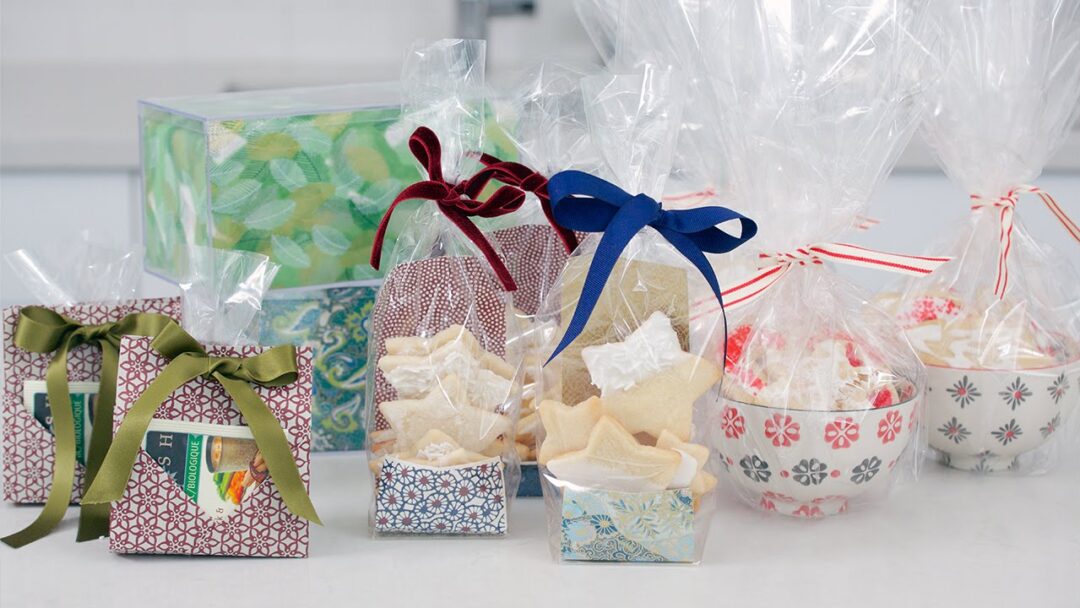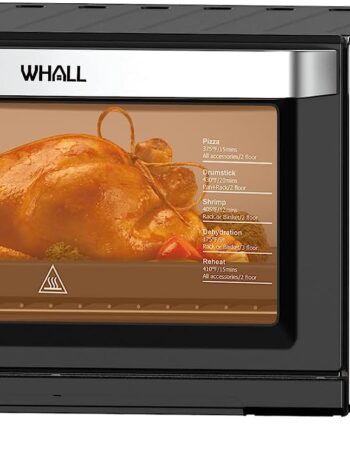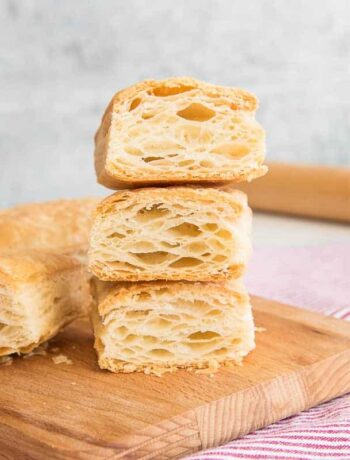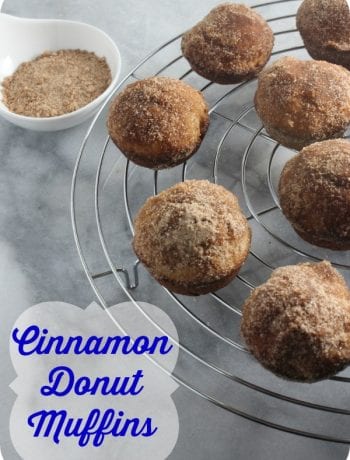In the realm of culinary commerce, the presentation and packaging of baked goods stand as pivotal elements in the consumer experience, intertwining aesthetics, functionality, and brand identity into a harmonious ensemble. As the demand for artisanal baked delights continues to burgeon, mastering the art of packaging becomes an indispensable skill for bakers and pastry artisans alike. This article embarks on an odyssey through the nuanced intricacies of packaging baked goods for sale, delving into the symbiotic relationship between form and function, and unveiling the strategic maneuvers essential for captivating discerning palates and fostering brand loyalty. From the tantalizing allure of visual aesthetics to the pragmatic considerations of product preservation and logistical efficiency, each facet of the packaging process converges to orchestrate a symphony of sensory delight and consumer satisfaction. Join us as we unravel the secrets of effective packaging, where culinary craftsmanship meets strategic branding to elevate baked goods from mere confections to irresistible indulgences worthy of the discerning epicurean palate.
Choosing Packaging
Selecting the right packaging for baked goods is a strategic decision influenced by factors such as product type, target market, and logistical needs.
- Product Suitability: Consider how different packaging options preserve freshness and showcase baked goods effectively, ensuring they remain visually appealing.
- Audience Preferences: Tailor packaging to appeal to the preferences and lifestyles of your target demographic, integrating features that resonate with their values.
- Functional Design: Prioritize practical considerations like ease of handling and portion control, ensuring the packaging enhances the consumer experience.
- Brand Integration: Integrate branding elements into the packaging design to reinforce brand identity and foster recognition among consumers.
- Compliance and Cost: Ensure packaging materials meet regulatory standards while balancing costs to maximize value for your baked packaging solutions.
Packaging Materials
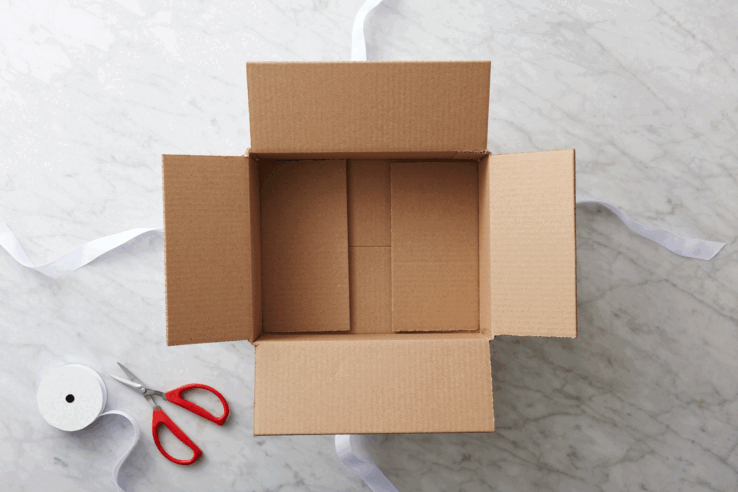
Source: landolakes.com
The selection of packaging materials for baked goods is a critical aspect that impacts product presentation, preservation, and sustainability.
- Film Packaging: Thin, transparent films such as cellophane or polypropylene offer excellent visibility, allowing customers to see the baked goods while providing a protective barrier against moisture and contaminants.
- Cardboard Boxes: Sturdy cardboard boxes are ideal for transporting larger quantities of baked goods, offering protection during transit while also providing ample space for branding and product information.
- Paper Bags: Recyclable paper bags are a popular eco-friendly option for packaging individual bakery items such as cookies, muffins, or bread slices. They offer convenience and portability while minimizing environmental impact.
- Plastic Containers: Durable plastic containers are suitable for packaging delicate or moist baked goods like cakes and pastries, offering protection against breakage and maintaining freshness for extended periods.
- Biodegradable Materials: With increasing consumer demand for sustainable packaging options, biodegradable materials such as compostable PLA (polylactic acid) or bagasse (sugarcane fiber) trays provide eco-friendly alternatives without compromising functionality or product integrity.
- Aluminum Foil: Aluminum foil is commonly used for wrapping individual baked goods like sandwiches or pastries, offering excellent heat retention and protection against external elements.
- Glass Jars: For premium or artisanal baked goods like jams, preserves, or decorative cookies, glass jars provide an elegant and reusable packaging solution that enhances product visibility and shelf appeal.
- Composite Materials: Composite packaging materials, such as cardboard with a thin plastic coating, offer the benefits of both materials, combining strength, moisture resistance, and eco-friendliness.
By carefully evaluating the unique properties and benefits of each packaging material, bakery owners can make informed decisions to ensure their baked goods are not only attractively presented but also effectively protected and environmentally sustainable.
Aesthetics and Branding

Source: realsimple.com
Aesthetics and branding play a pivotal role in packaging baked goods, serving as a visual representation of the brand’s identity and values. Incorporating cohesive design elements such as color schemes, typography, and imagery helps create a consistent brand image across all packaging materials. Furthermore, attention to detail in the design process, including the use of high-quality graphics and premium finishes, enhances the perceived value of the baked goods and reinforces brand loyalty among consumers. By leveraging aesthetics and branding effectively, bakery owners can differentiate their products in the market, attract target customers, and foster a strong emotional connection that drives repeat purchases.
Product Protection
Ensuring the integrity and freshness of baked goods during packaging and transport is paramount to maintaining quality and customer satisfaction. Robust packaging solutions, tailored to the specific needs of each product, safeguard against physical damage, moisture intrusion, and flavor degradation. Techniques such as vacuum sealing, moisture-resistant coatings, and cushioning materials mitigate the risk of spoilage and preserve the texture and flavor profiles of delicate baked items. Additionally, implementing stringent quality control measures throughout the packaging process minimizes the likelihood of contamination and ensures compliance with food safety regulations. By prioritizing product protection, bakeries can uphold their reputation for delivering superior-quality baked goods and instill confidence in consumers, ultimately fostering long-term loyalty and repeat business.
To further enhance product protection, bakeries can also leverage advanced technologies and innovative packaging solutions. For instance, active packaging techniques, such as oxygen scavengers or antimicrobial coatings, actively extend shelf life and inhibit microbial growth, thereby prolonging the freshness of baked goods. Additionally, implementing intelligent packaging systems equipped with sensors or indicators allows for real-time monitoring of environmental conditions such as temperature and humidity during storage and transport, enabling prompt intervention in case of any deviations that could compromise product quality. By embracing these cutting-edge approaches, bakeries can stay ahead of the curve in ensuring optimal product protection and delivering unparalleled quality to their discerning customers.
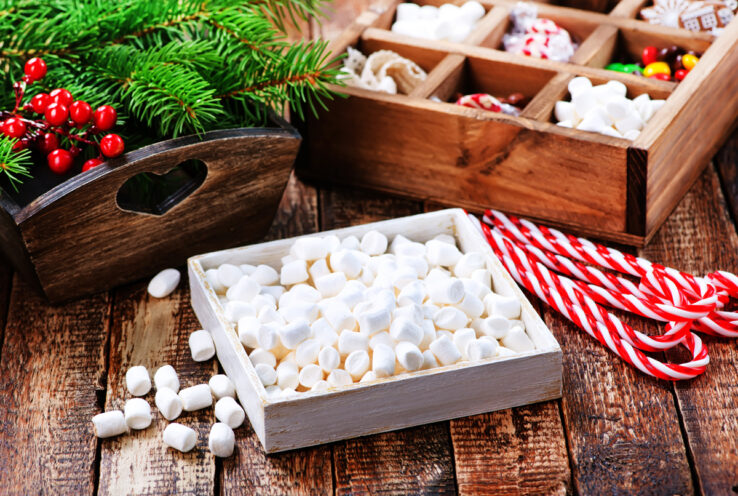
Source: mrlabel.com
Practical Considerations
In addition to aesthetics and functionality, practical considerations play a crucial role in packaging baked goods for sale. Factors such as labeling requirements, portion control, and environmental sustainability must be carefully addressed to ensure compliance with regulations and meet consumer expectations. Effective labeling, including ingredient lists, nutritional information, and allergy warnings, enhances transparency and consumer trust. Implementing portion-controlled packaging options facilitates convenience for customers while minimizing food waste. Furthermore, prioritizing eco-friendly materials and packaging solutions aligns with consumer preferences for sustainability and fosters a positive brand image. By addressing these practical considerations, bakeries can optimize their packaging strategies to meet both regulatory standards and consumer demands, enhancing overall customer satisfaction and brand reputation.

